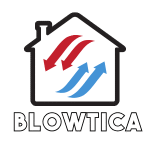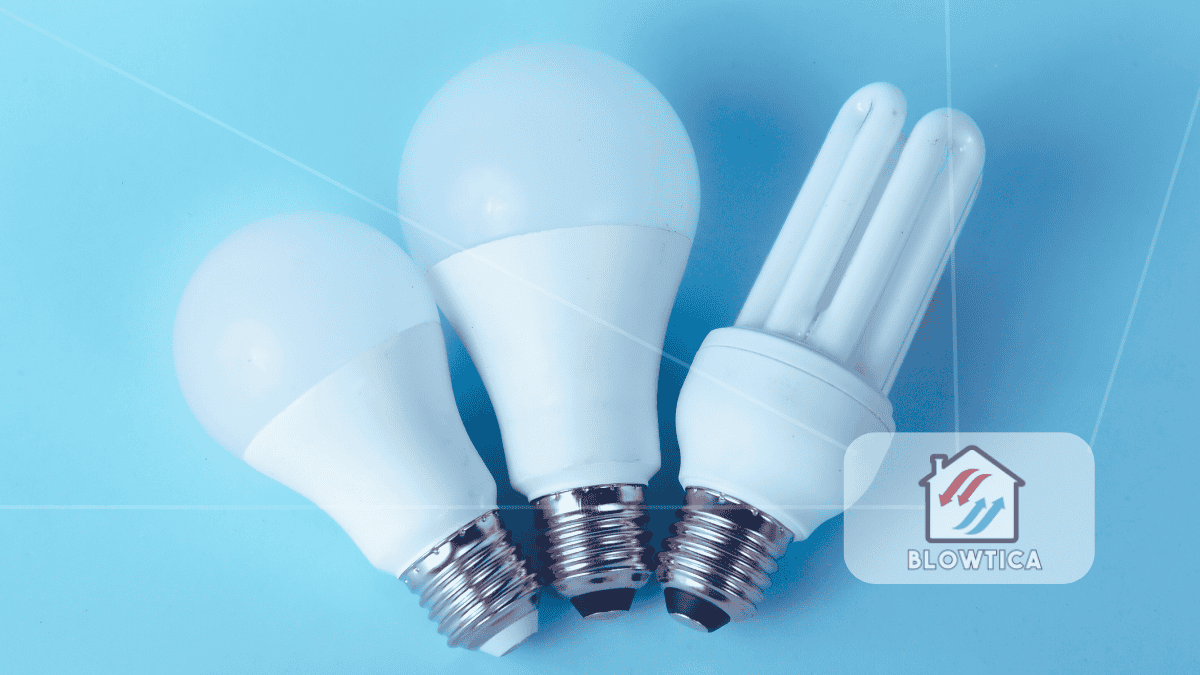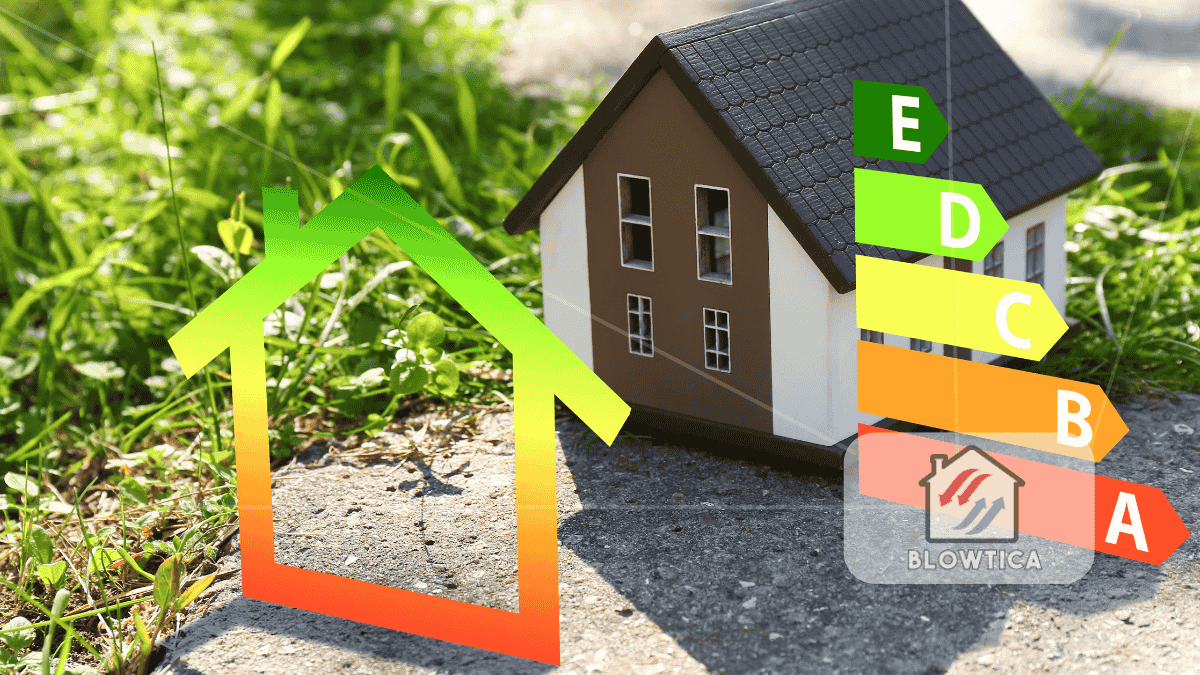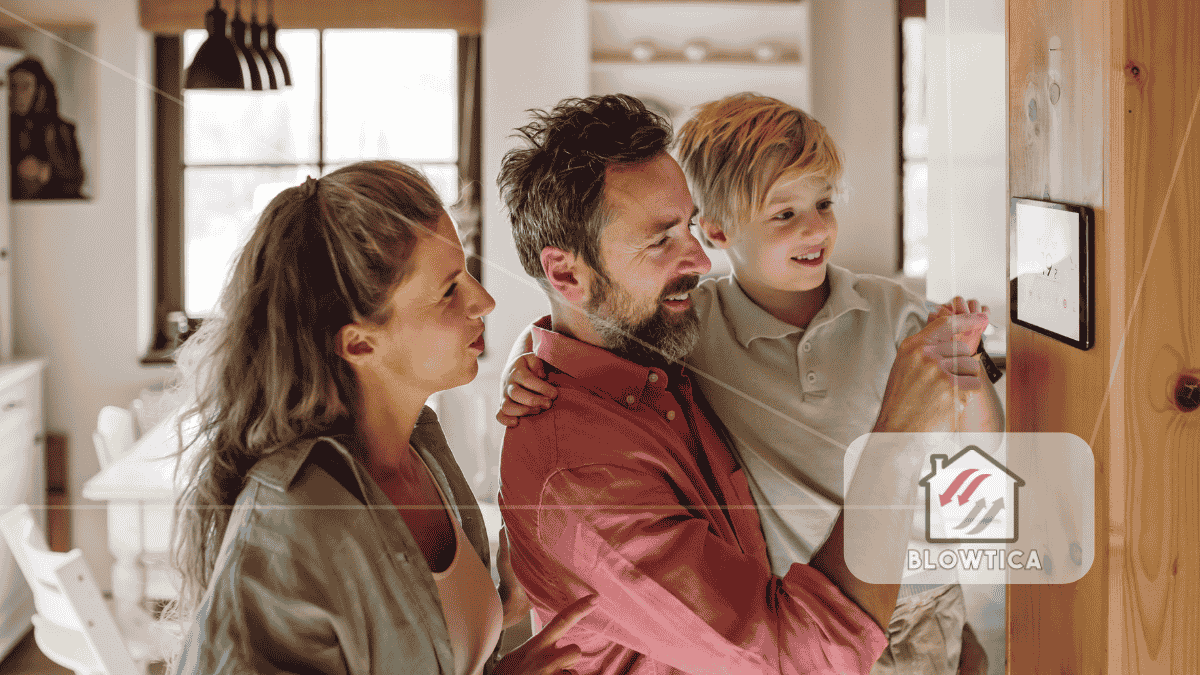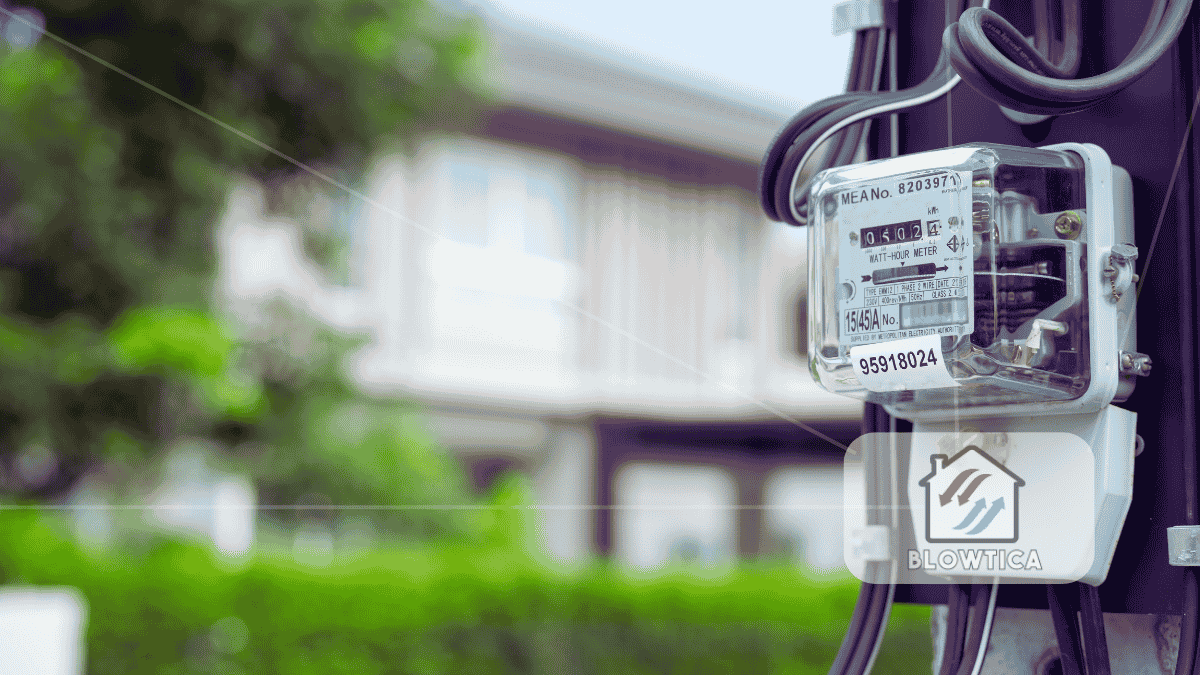
You wake up to a house that’s already warm. The thermostat knew your schedule and adjusted overnight. No more stumbling around in the cold or wasting energy when no one’s home. This isn’t a futuristic luxury, it’s the everyday reality of programmable thermostats.
In a time when energy bills keep climbing and climate concerns are growing, managing your home’s heating and cooling isn’t just smart, it’s essential. Upgrading to a programmable thermostat is a low-effort, high-impact move. It lets you take charge of your comfort while trimming down costs. It’s no wonder it’s one of the top HVAC upgrades homeowners make today.
Let’s explain why this upgrade makes sense, how it works, and what you need to know before making the switch.
What Is a Programmable Thermostat?
A programmable thermostat allows you to pre-set the temperature in your home based on your daily schedule. Instead of adjusting the thermostat manually throughout the day, you set your preferred temperatures once and let the device handle the rest.
Most models let you create different settings for weekdays and weekends, or even unique schedules for each day. The result? A consistently comfortable home that uses only the energy it needs.
This kind of automation is more than convenient, it’s money-saving. The U.S. Department of Energy estimates that households can cut heating and cooling costs by around 10% a year with proper use of a programmable thermostat.
Real-Life Benefits That Go Beyond the Bills
Yes, you save money. But the perks of switching to programmable thermostats go deeper than dollars.
1. Your Routine, Your Temperature
Imagine your home warming up before your feet hit the floor. Cooling down while you’re asleep. Returning to comfort the moment you walk in from work. Programmable thermostats align with your lifestyle without requiring you to constantly fiddle with settings.
2. Less Wear on HVAC Systems
Running your furnace or AC at full tilt when no one’s home wastes energy and overworks your system. Programming temperature dips while you’re out helps preserve your HVAC system’s lifespan, saving you from costly repairs down the line.
3. Supports a Smarter Home
Most modern programmable thermostats can sync with home automation systems. You can control them from your phone, track usage data, and even set triggers based on weather or your phone’s location. Some models learn your behavior over time and optimize automatically.
Which Programmable Thermostat Should You Choose?
Choosing the right device depends on how predictable your schedule is and how “smart” you want your system to be.
7-Day Models
Perfect for households with changing daily routines. You can create a custom program for each day of the week.
5-2 or 5-1-1 Models
If your weekdays are consistent, but weekends differ, these let you set one schedule for the workweek and another for Saturday and Sunday or separate each weekend day.
Learning Thermostats
These adapt to your habits over time. They track your behavior, temperature preferences, and even the weather to optimize settings without your input.
Wi-Fi Enabled Smart Thermostats
Control your home’s climate from anywhere using a smartphone app. Some offer advanced features like energy usage reports, maintenance reminders, and remote troubleshooting.
Are Programmable Thermostats Really Worth It?
If you’re looking for top HVAC upgrades that pay off fast, this is one of them. Unlike more invasive updates like replacing ductwork or installing a new furnace, this upgrade is simple, affordable, and quick to implement.
Here’s a cost-to-benefit snapshot:
| Thermostat Type | Typical Cost | Estimated Annual Savings |
|---|---|---|
| Basic Programmable | $50–$100 | $100–$150 |
| Smart/Learning Models | $150–$250+ | $150–$200+ |
With proper use, many households see a full return on investment within a year or two.
Installation: Easier Than You Think
For many homeowners, installation is a straightforward DIY project, especially if you’re replacing an older thermostat. Still, if you’re unsure or have a complex system, calling in a technician is a safe bet.
Basic Steps:
- Shut off power to your HVAC system.
- Remove the old thermostat (take a photo of the wiring before disconnecting).
- Mount the new baseplate and reconnect wires as labeled.
- Attach the new unit, restore power, and follow the setup instructions.
Newer models walk you through programming with easy-to-follow prompts or app-based wizards.
Pro Tips for Better Results
Even the best equipment won’t help if it’s misused. Here’s how to get the most out of your programmable thermostat:
- Keep settings consistent. Avoid constantly overriding the schedule, it defeats the purpose.
- Let the system ramp up slowly. Sudden shifts don’t heat or cool faster, but they do waste energy.
- Use “vacation” or “away” modes. These settings prevent unnecessary energy use while you’re gone.
- Pair with good insulation. The thermostat sets the pace, but your home’s envelope holds the comfort.
Troubleshooting Common Issues
Making the switch doesn’t always go smoothly. Here are quick tips for the most common bumps in the road:
- Temperature feels off? The thermostat might be in a bad location (too sunny, drafty, or near heat sources).
- System short-cycling? Check your wiring or HVAC compatibility.
- Wi-Fi issues? Make sure the unit is within range and the firmware is up to date.
- Not saving money? Revisit your schedule. Are you programming for times when you’re already home or asleep?
Don’t give up, small tweaks often lead to big improvements.
How It Compares to Other HVAC Upgrades
If you’re planning a larger energy-efficiency overhaul, programmable thermostats are a smart place to start. They’re affordable, effective, and often lay the groundwork for more advanced smart home tech.
| Upgrade | Avg. Cost | ROI Timeline | Effort Level |
|---|---|---|---|
| Programmable Thermostat | $50–$250 | 1–2 years | Low |
| Duct Sealing | $1,000–$2,500 | 3–5 years | Medium |
| Smart Vents/Zoning | $1,500–$3,000 | 4–6 years | High |
| High-Efficiency HVAC Unit | $4,000–$7,000 | 5–10 years | High |
In short, this upgrade gives you control, savings, and comfort, without a renovation crew or a huge price tag.
Look for Rebates and Incentives
Before you buy, check with your utility company. Many offer rebates for ENERGY STAR-certified programmable thermostats. These rebates can knock $25–$100 off the price and shorten your break-even point.
Also, installing a smart thermostat may earn you credits in some demand response programs, which reward you for reducing use during peak hours.
Final Word: Set It and Save
There’s a reason programmable thermostats are climbing the list of top HVAC upgrades. They’re simple, smart, and a gateway to better energy habits. Whether you’re a homeowner looking to cut costs or a renter wanting more control over your environment, this small change can make a big difference.
And the best part? Once it’s set, you don’t have to think about it again. Comfort just happens.
